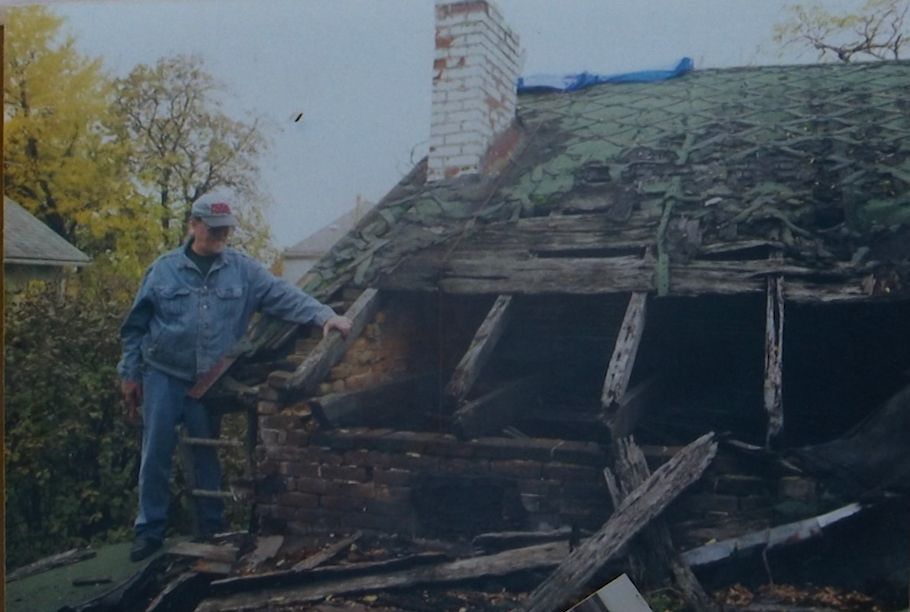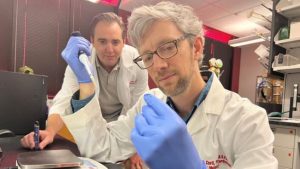SPRINGFIELD, Ohio – Nestled on a residential block in south Springfield, a small, unassuming brick house holds a big piece of city and state history.
The Gammon House has stood for 173 years, one of the first Black-owned properties in the city and a waystation on the underground railroad. Today it serves as a museum of local Black history, but its overseers hope it soon grows to tell an even bigger story, as the surrounding neighborhood grows as well.
A lifelong Springfield resident, Dale Henry has a passion for history, especially when it comes to the stories that shaped his community.
“It’s really a labor of love, if you will,” he said. “A lot of people didn’t even know the Gammon House was back here, nor did they understand the significance of it being a part of the Underground Railroad.”
That’s why, when the building was on the verge of demolition back in 1998, Henry joined forces with other historians and preservationists to keep the place alive.

Gammon House before its renovation
“The roof had fallen in, the floors had fallen in,” he said. “It was a real tragedy that the house had gotten to that particular condition.”
Despite its disrepair, Henry believed the place was something special and after more than 20 years of work and more than a million in public and private dollars, he helped convert the place into a museum.
As president of Gammon House Inc., he serves as the main groundskeeper tending to the property and provides tours by appointment only, though he’s hoping to get the building full-time soon.
“We’re really proud of what we’ve been able to do and we feel as though we’ve come a long way, but we’ve still got a long way to go,” he said.
Some of that growth means helping the neighborhood grow as well.

Henry walks through exhibits in the Gammon House
Springfield has spent the past few years working with a consulting team, Urban Fast Forward to come up with an engaged neighborhood plan to spur development in the city’s south side. The Gammon House is at the center of those plans.
The museum is looking to expand, building a second facility as an interpretive center and staging the original house to show 1850s life.
Meanwhile, the city has been working to make the area more attractive and accessible. It’s already repaved the road, improved traffic flow, and added new sidewalks to the corridor.
Henry has been part of the conversations about these improvements.

Courtesy: CUDAS
“We want to make sure that we are in-tune with our neighbors so that they know that what we’re trying to do here is make this a place that shows the spirit of freedom,” he said. “We want to make sure we have some kind of say in how things are developed on this side of town.”
As a neighborhood built on a history of early Black homeownership, Henry said it’s important to him that the Black community remains at the heart of that development. Through the Gammon House and neighborhood partnerships, he hopes the stage is set to realize that goal.
“This neighborhood is someplace special and we should develop it as such,” he said.




